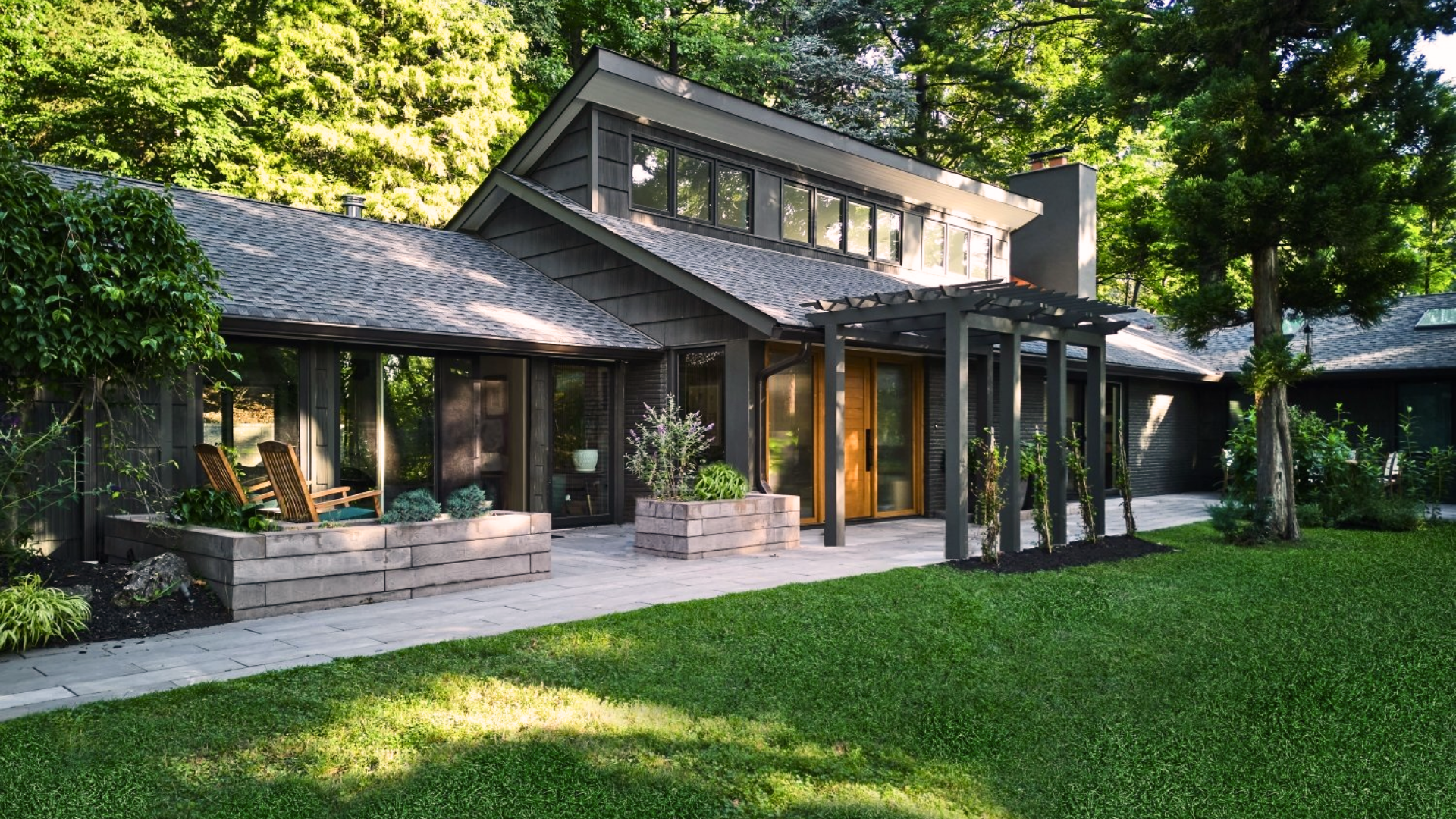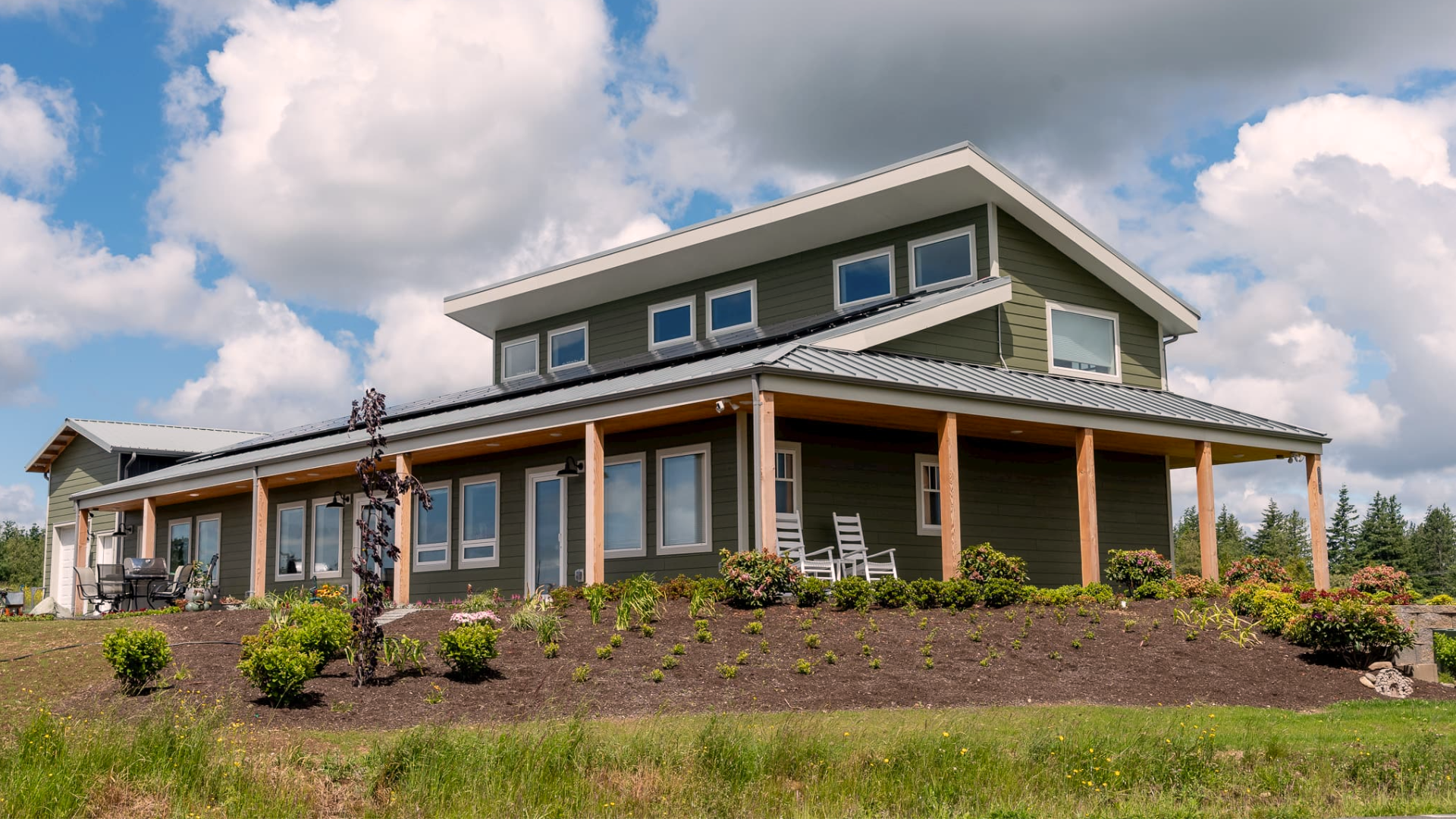Are you tired of dark, gloomy rooms that feel cramped and lifeless? Clerestory windows might be your perfect solution.
These unique architectural features are changing home design, bringing light and style to spaces where traditional windows fall short.
Positioned high on walls, clerestory windows offer a smart way to brighten interiors without compromising privacy or wall space.
In this guide, I’ll break down everything you need to know about clerestory windows:
- What they are
- How they work
- Benefits for your home
- Design considerations
Even if you’re a homeowner, design enthusiast, or simply curious about innovative architectural elements, this blog will help you understand how these windows can dramatically improve your living spaces.
Get ready to shed light on a game-changing design feature that’s both functional and beautiful.
What Is a Clerestory Window?
Picture this: you’re standing in a room, and high above your head, a strip of windows catches the sunlight. That’s a clerestory window.
These aren’t your average windows. Clerestory windows sit just below the roofline, high on the wall, letting in natural light while keeping your privacy intact. Think of them as hidden light sources that brighten your space without putting your life on display.
In simple terms, a clerestory window is:
- Positioned above eye level
- Narrow and horizontal
- Mounted high on walls
- Great for light and privacy
Unlike skylights (on the roof) or transoms (above doors), clerestory windows have their own vibe. They bring light to dark spaces, protect privacy, add style, and free up wall space.
Perfect for bathrooms or kitchens where light matters more than views. Used in ancient temples and modern homes alike, today they’re not just useful – they’re a design statement.
A Brief History of Clerestory Windows in Design

Clerestory windows have been around for thousands of years. They were first used in ancient Egypt to bring light into large temples.
Later, they became popular in Roman and Gothic churches, where high walls needed extra light.
These windows were placed high above eye level, letting sunlight in without taking up wall space.
Over time, clerestory windows made their way into homes and modern buildings. Today, they’re used to brighten rooms, add style, and improve airflow.
Their long history shows how simple design can solve big problems, like lighting large spaces, while still looking beautiful and timeless in any era.
Key Benefits of Clerestory Windows
Let’s talk about why clerestory windows are total game-changers for your space. These aren’t just windows – they’re problem-solving design superstars.
1. Natural Lighting
Clerestory windows allow natural light to enter a room without the glare of direct sunlight. Positioned high on the wall, they brighten up dark spaces with soft, ambient light.
This helps create a more inviting and open feel throughout the room.
2. Improved Ventilation
Because hot air rises, clerestory windows can be opened to let warm air escape. This creates a natural ventilation system that helps cool the space below.
It’s especially helpful in rooms that tend to get hot and stuffy.
3. Privacy
One of the key benefits of clerestory windows is that they provide privacy while still letting in light.
Since they’re located above eye level, you can enjoy the sunshine without worrying about people seeing inside your home.
4. Energy Efficiency
When placed correctly, clerestory windows can improve energy efficiency. They bring in warmth from the sun during colder months and help release heat in the summer.
This reduces the need for heating and cooling, helping to lower energy bills.
Considerations Before Installing Clerestory Windows
Not so fast! Before you jump into clerestory window excitement, let’s talk real talk. These windows aren’t one-size-fits-all.
1. Placement and Design
Window placement is like chess – every move matters. South-facing windows capture more sunlight, while north-facing ones provide softer light.
Think about your room’s layout, furniture, and views. Some spaces will love clerestory windows. Others? Not so much. Your room’s personality matters.
2. Climate and Weather
Your local weather is a big player here. In hot climates, these windows can turn rooms into greenhouses. Cold regions might see increased heating costs.
Consider adding special glass coatings or working with an architect who understands local weather patterns. Pro tip? Overhangs can help manage sunlight and temperature.
3. Cost and Installation
Let’s be honest. Clerestory windows aren’t cheap. Installation can range from moderate to expensive, depending on your home’s structure.
Some projects scream “professional help” – especially if you’re cutting into existing walls or rooflines. DIY warriors, proceed with caution.
4. Maintenance
Cleaning these windows? It’s like trying to wash a giraffe’s windows. They’re high, hard to reach, and demand special tools. You’ll likely need telescoping window cleaning tools, a sturdy ladder, or even scaffolding for safe access.
For convenience, many homeowners turn to professional cleaning services or install motorized window systems with built-in cleaning features.
5. Structural Considerations
Your home’s structure matters. Older homes might need extra support to handle the weight and placement of clerestory windows.
Modern builds can often accommodate these windows more easily thanks to updated framing techniques. A structural engineer or contractor can check load-bearing walls and rooflines.
Disadvantages of Clerestory Windows
Clerestory windows look great, but they come with a few things to consider.
- Cost: Custom design and skilled installation can get expensive. It’s more like a renovation than a window swap.
- Overheating: South-facing windows may cause rooms to overheat, especially in warm climates. Shading is key.
- Limited Light Control: No blinds or easy shade options. You get light, like it or not.
- Cleaning Trouble: They’re high and hard to reach. You’ll need special tools or pros to keep them clean.
- Structural Limits: Older homes may need major updates. Always check if your house can handle it.
They’re not deal-breakers – just details to plan for if you want that perfect glow.
Are Clerestory Windows Right for Your Home?

Not every home is a clerestory window’s perfect match. Let’s play detective and figure out if these windows are your design soulmate.
First things first – ceiling height is your first clue. High ceilings? You’re in luck. Low ceilings? These windows might feel awkward. Think of it like trying to wear oversized shoes – they just don’t fit right.
Your privacy needs matter big time. Do you live in a crowded neighborhood? Clerestory windows could be your secret weapon.
They bring in light without giving neighbors a front-row seat to your personal life. It’s like having invisible curtains.
Budget check. These aren’t bargain-bin windows. Custom design means custom pricing. If you’re pinching pennies, this might not be your weekend project. But for those willing to invest, the payoff can be spectacular.
Consider your room’s personality. Some spaces crave natural light like plants crave water. Dark corners, cramped rooms, or spaces that feel suffocated? Clerestory windows could be your rescue plan.
Ask yourself these questions:
- Do I want more light without compromising privacy?
- Can my budget handle a custom window solution?
- Is my ceiling high enough to make these work?
- Am I okay with a bit of design complexity?
Pro tip? Talk to a professional. They can assess your specific space and give honest advice. Not all homes are created equal, and neither are windows.
Remember, it’s not about following a trend. It’s about finding a design solution that makes your space feel like home. Clerestory windows aren’t just windows – they’re light architects.
Conclusion
Clerestory windows aren’t magic – they’re smart design. These high-mounted light bringers can turn spaces, but they’re not a one-size-fits-all solution.
I’ve learned their potential and challenges, from ancient temples to modern homes. Your perfect home design is about balance. Some spaces will love these windows.
Others? Not so much. The key is understanding your specific needs:
- Room layout
- Privacy requirements
- Budget
- Architectural style
Don’t rush the decision. Talk to professionals who can assess your unique space. Architects and designers are like window matchmakers – they’ll help you find the right fit.
Remember that windows are more than just glass. They’re about creating environments that make you feel at home.

